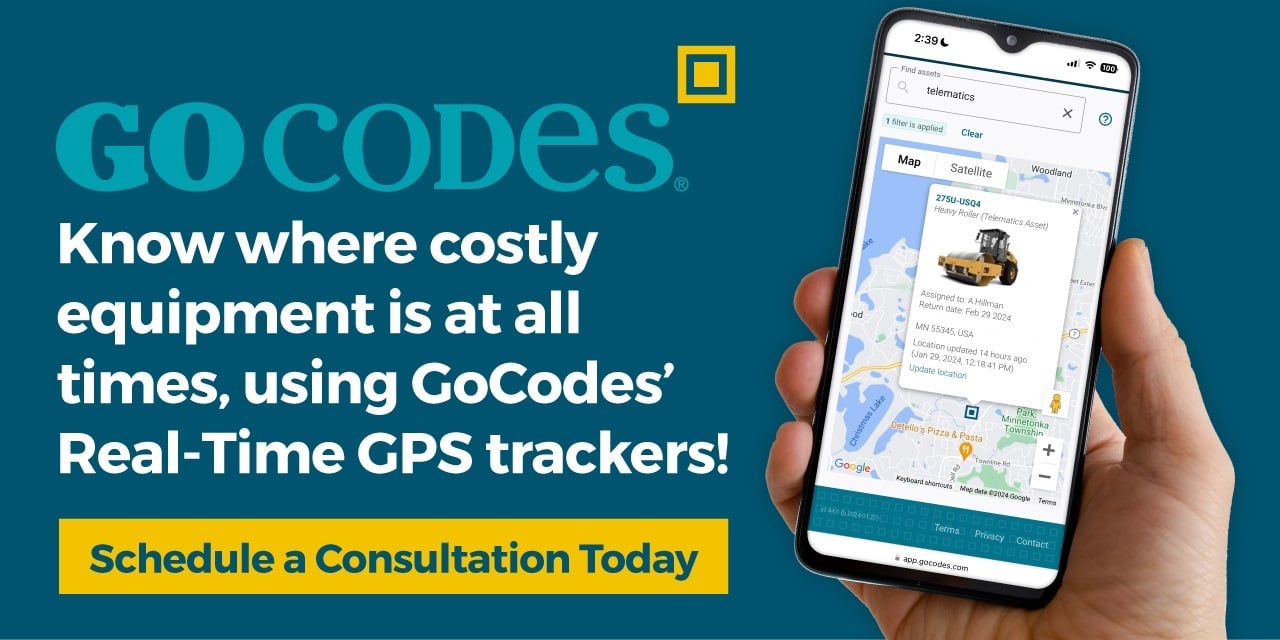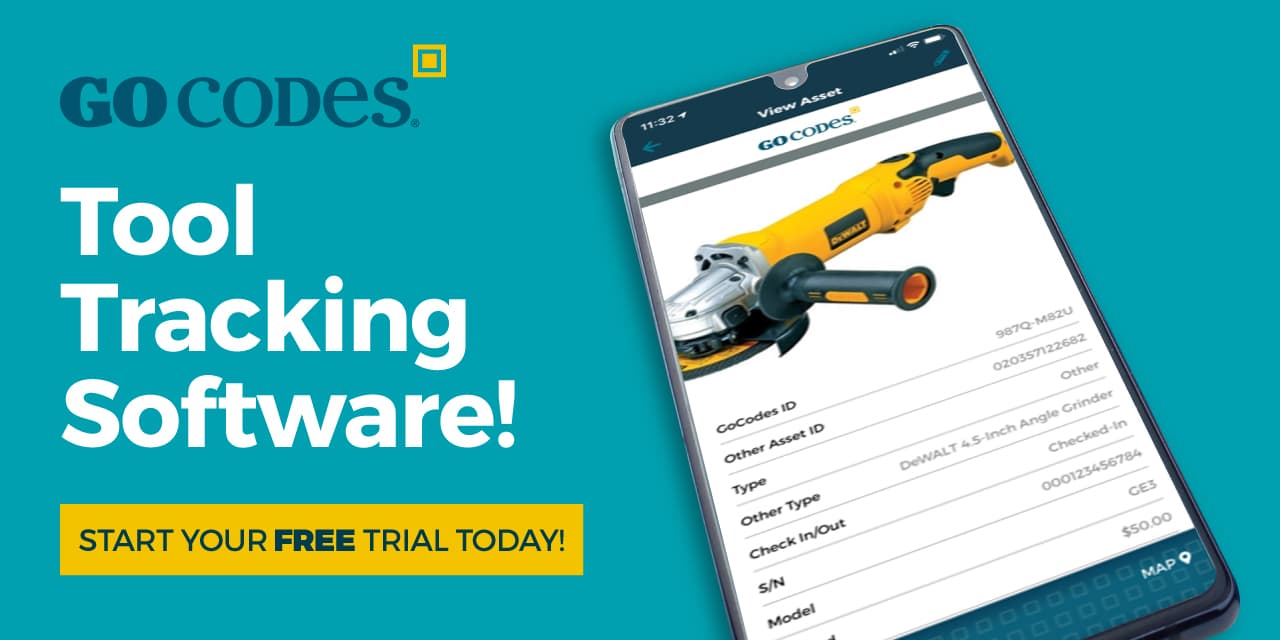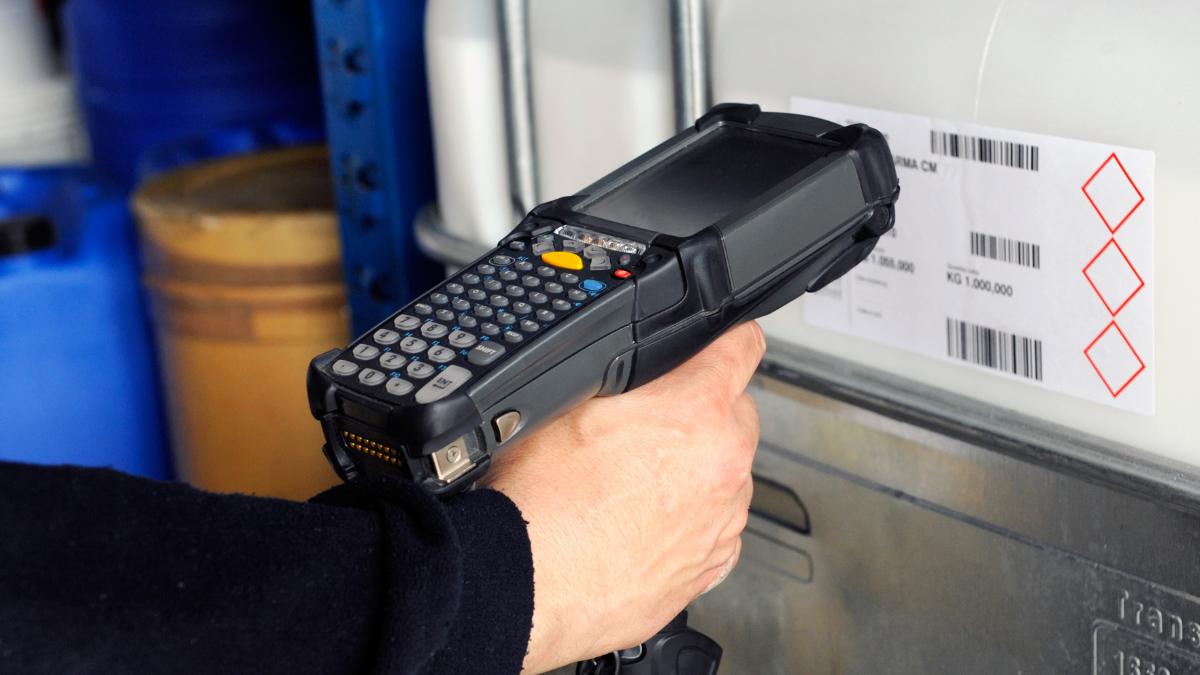Key Takeaways:
- Fostering accountability starts with a safe driving policy and consistent, targeted training.
- Telematics, dashcams, and KPIs provide the real-time data needed to track, correct, and prevent risky driving.
- Over 70% of fleet managers report better driver performance through effective reward programs.
- Smarter scheduling and fatigue management cut both on-road risks and costly project delays.
Risky driving behavior is both a safety hazard and a direct threat to your bottom line.
From rising insurance premiums to costly vehicle damage and project delays, even a single incident can seriously disrupt your business.
So, how do construction fleet managers take back control?
In this article, we’ll break down practical, proven strategies for minimizing risky driver behavior and protecting both your people and your profits.
In this article...
Introduce a Safe Driving Policy
A written safe driving policy is the starting point for minimizing risky driver behavior.
It sets clear expectations for conduct behind the wheel, covering essentials like speeding, mobile phone use, seatbelt compliance, incident reporting, and more.
The recent Motive report underlines the need for structured safety guidelines.
Namely, 72% of fleet managers report spending over 10% of their budgets on promoting or managing driver safety.
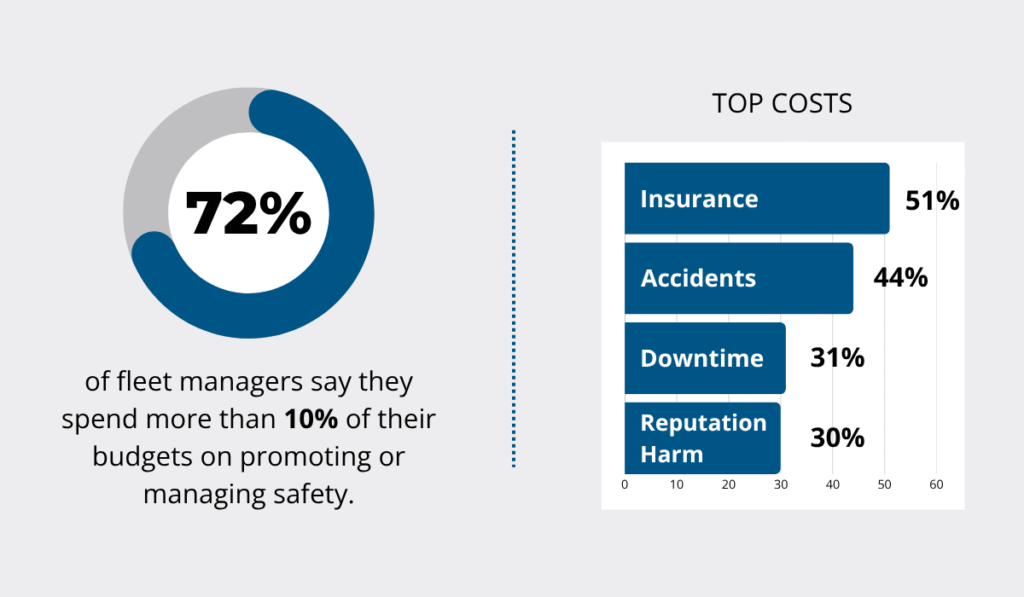
Illustration: GoCodes Asset Tracking / Data: Motive
With top safety-related costs including insurance premiums (51%) and costly vehicle accidents (44%), it’s clear that safety policies act as a strong financial safeguard.
At the same time, this document enables you to effectively manage fleet violations and build a consistent safety culture across your operations.
As such, a well-rounded safe driving policy typically covers:
- Code of conduct
- Standard operating procedures
- Drivers’ handbook
- Vehicle operating guidelines
- Driver rules and regulations
- Security protocols
- Incident management procedures
But keep in mind that your policy must remain practical and concise.
For example, construction fleets need to address high-risk vehicles such as dump trucks, flatbeds, and pickup trucks that frequently move between sites.
While these specifics should be mentioned, going into too many equipment-specific details would make it difficult to integrate the policy into driver onboarding and revisit it during briefings.
Outlining the consequences of unsafe driving practices is another important point.
One example comes from the Maine Municipal Association, where adherence to the fleet safety policy is formally referenced in driver performance reviews and personnel decisions.

Source: Maine Municipal Association
In other words, you need a real deterrent to risky behavior.
Ultimately, a strong, clearly communicated policy signals that safety isn’t negotiable and that anyone moving away from this core principle will be held accountable.
Provide Regular Driver Training
You can’t demand accountability if you don’t provide regular, targeted driver training.
A safe driving policy only works when drivers are properly equipped to meet its expectations—and that means consistent coaching and education.
Fleet managers across industries recognize this. According to Motive, 65% of them consider safety education programs and coaching a top area for investment in fleet safety.
And there’s a good reason for this focus.
A report by Samba Safety found that just one year of continuous driver monitoring and training leads to a significant reduction in driving violations.
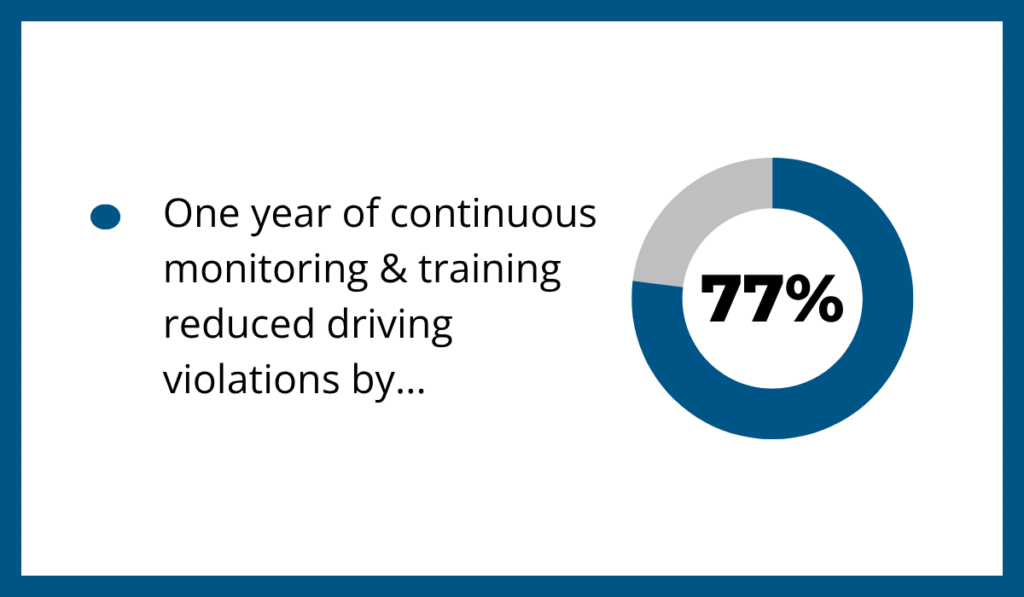
Illustration: GoCodes Asset Tracking / Data: Samba Safety
While onboarding and new driver orientations lay the groundwork, effective fleets continue that education through:
- Refresher training
- Remedial training after incidents
- Periodic driver safety meetings
Some of the most valuable interventions happen in one-on-one meetings and driver performance reviews.
These conversations can feel uncomfortable because they directly address risky behaviors, but remember that they’re vital to keeping both your people and your business protected.
And as Erin Baucum, Director of Client Intelligence and Analytics at Lytx, underlines, it’s not just about pointing out mistakes.

Illustration: GoCodes Asset Tracking / Quote: Freight Waves
The company’s willingness to have those conversations and highlight areas for improvement sends a clear message: you believe your drivers can do better, and you’re prepared to invest in their growth.
That’s precisely what makes regular training one of the smartest, highest-impact safety strategies any fleet can implement, so be sure to do so!
Use Telematics for Real-Time Monitoring
Telematics systems are an essential tool for managing fleet safety.
Thanks to real-time insights into driver behavior, vehicle status, and trip performance, you can easily flag and address risky actions like harsh braking, aggressive cornering, and speeding.
Teletrac Navman’s 2024 report shows that 36% of fleet managers rely on telematics for monitoring driver performance, making it the second most common use case after location tracking.
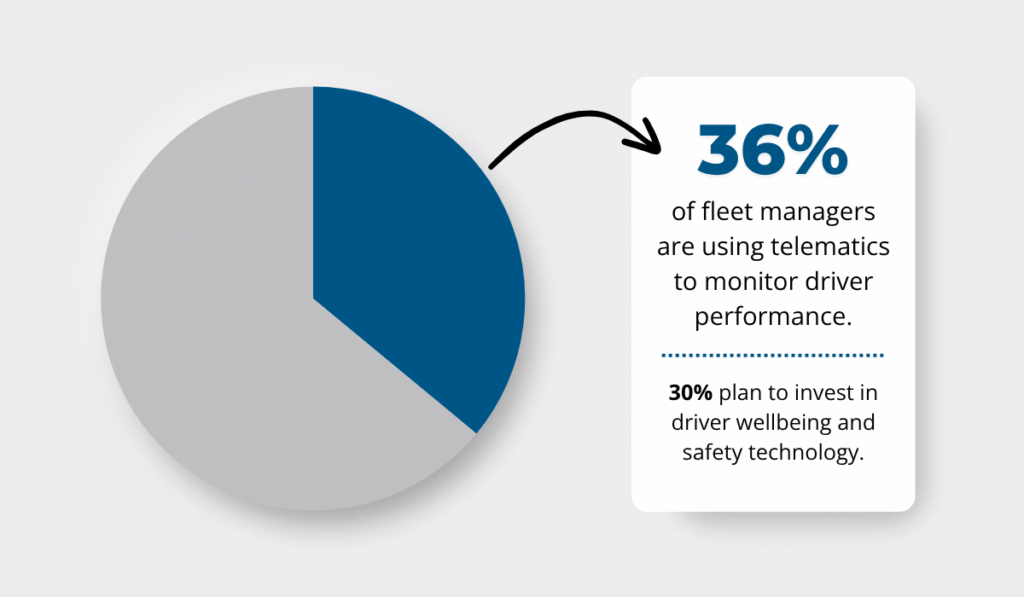
Illustration: GoCodes Asset Tracking / Data: Teletrac Navman
But what exactly does this achieve in practice?
Philip Hitchen, the managing director of a UK-based transport company, notes that installing vehicle tracking systems helped them map a variety of dangerous driver behaviors.
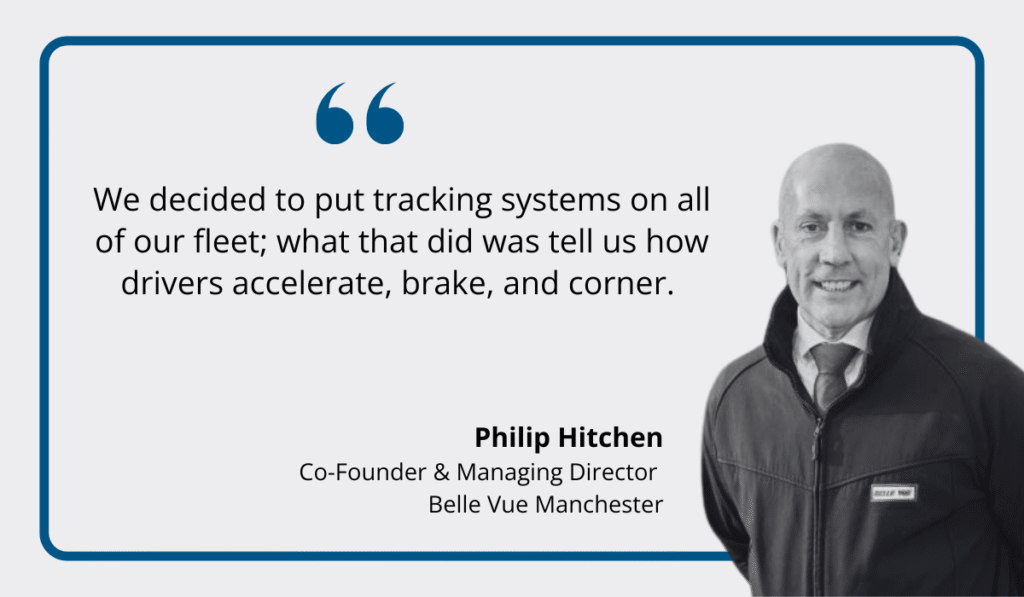
Illustration: GoCodes Asset Tracking / Quote: Driving for Better Business
Thanks to these insights, Belle Vue Manchester could introduce corrective actions and targeted training, ultimately enhancing road safety.
The decision to adopt Traffilog’s system delivered additional gains, such as annual fuel savings of approximately £63,000 ($85,000).
Keep in mind that there are many options on the market depending on your unique needs.
For construction fleets, systems like GoCodes Asset Tracking offer a comprehensive asset management solution that extends beyond basic location tracking.
Our real-time GPS trackers enable accurate driver monitoring and trip management from a single, user-friendly dashboard.
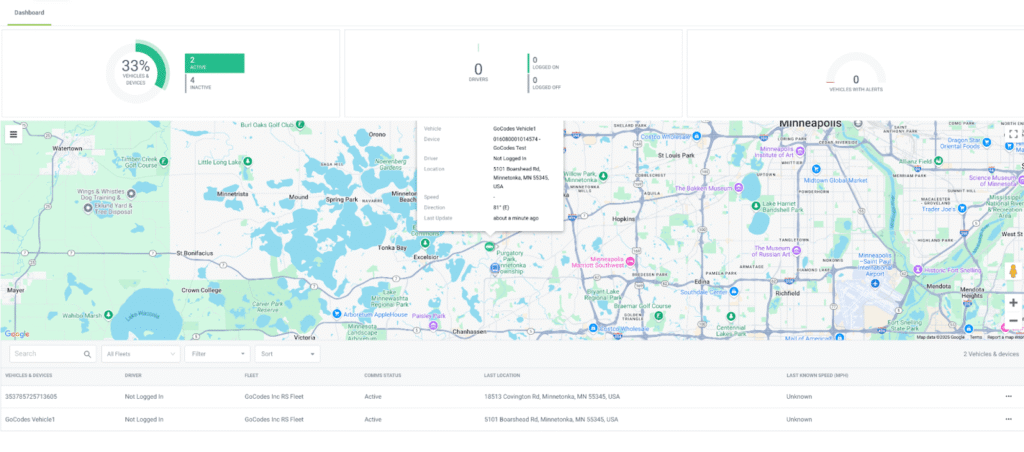
Source: GoCodes Asset Tracking
You can review individual trip data or analyze cumulative reports to identify trends and spot recurring issues early.
Here’s just one example focusing on speed events tracked over a predefined period—an essential insight for managing driver behavior.
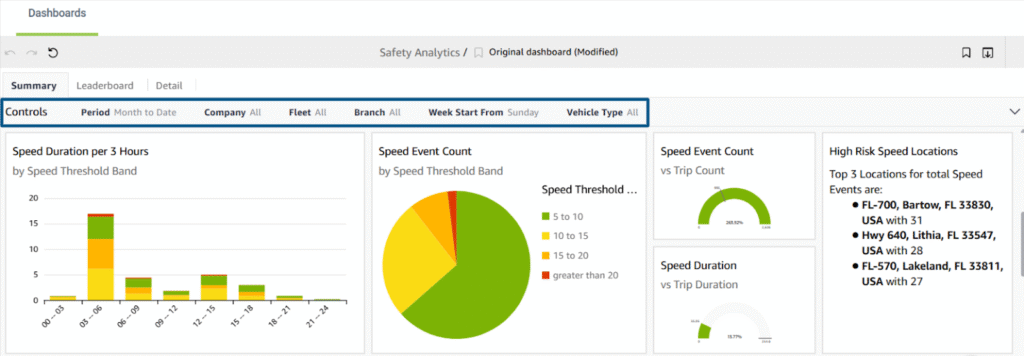
Source: GoCodes Asset Tracking
What sets GoCodes Asset Tracking apart is its tailored focus on construction asset management.
In addition to driver behavior and vehicle location, you can track fuel consumption, and maintenance schedules, and even manage your small tool inventory for complete visibility and accountability.
The bottom line is this: telematics delivers real-time, actionable insights that will help you reduce risky driving behaviors before issues cost you time, money, or your reputation.
Set Clear KPIs for Driver Performance
If you want to reduce risky driving, you need to measure it consistently and with clear objectives.
To do that, your first step is to establish KPIs for driver performance to spot problem areas and compare operational units in a meaningful way.
After all, tracking safety, efficiency, compliance, and behavior metrics not only helps you identify high-risk drivers but also highlights those setting a positive standard.
Some commonly tracked KPIs include:
- Speeding incidents
- Harsh driving events (braking, acceleration, cornering)
- Distracted driving alerts
- Pre/Post-trip inspection compliance
- Fuel efficiency (MPG or L/100km)
- Collision rate per 100,000 km/miles
All of these metrics are elements of the driver safety score, which raises the question of how you organize and interpret the data.

Source: Reddit
Reddit users proposed different approaches, but one common point is reliance on telematics and GPS systems, which simplify this process by generating real-time, customized reports.
Think about it.
Issues like safety and compliance rarely happen in isolation. A driver who skips inspections may also be prone to distracted driving.
This is why fleet leaders like Erin Gilchrist recommend combining these indicators into a single, weighted performance score.
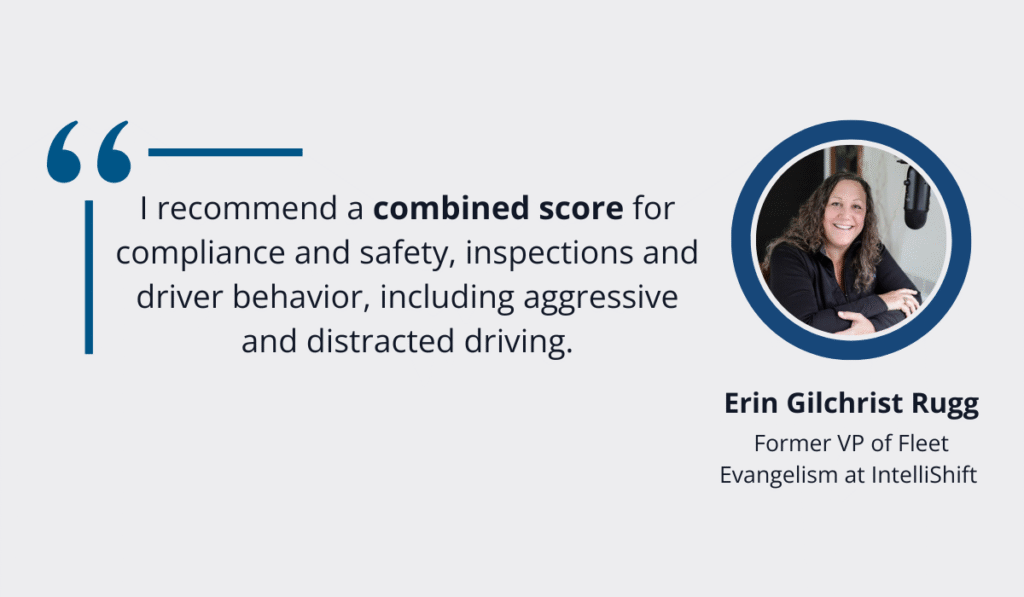
Illustration: GoCodes Asset Tracking / Quote: IntelliShift on YouTube
Having a holistic score that you can access through a single dashboard helps you spot at-risk drivers more easily, as well as prioritize coaching and track improvements over time.
Plus, you can easily segment drivers by organization, region, or site location.
In the end, KPIs shouldn’t be just numbers on a report, but actionable tools for keeping your drivers and operations safe.
Use Dashcams for Behavior Accountability
Dashcams have quickly become one of the most effective tools for promoting driver accountability while also protecting drivers in the aftermath of any incidents.
In-cab video systems offer clear, unbiased evidence in the event of disputes, insurance claims, or road incidents.
You can’t argue footage, which is why adoption rates are steadily rising.
A survey by Automotive Fleet found that 70% of fleets using dashcams reported improved driver safety in 2023, 73% did so in 2024, and that number has climbed to 75% in 2025.
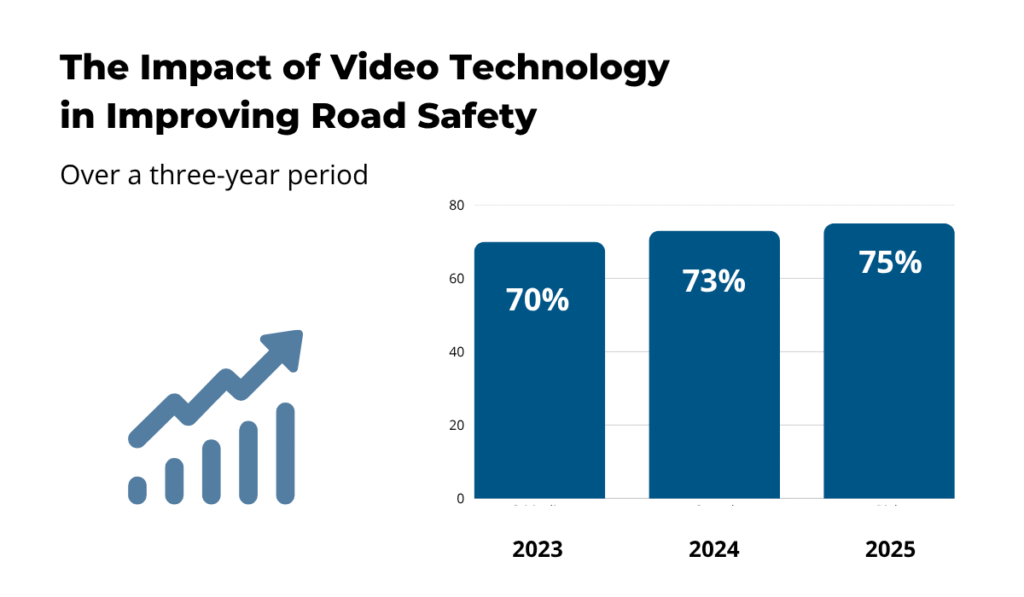
Illustration: GoCodes Asset Tracking / Data: Automotive Fleet
The same report highlights a financial upside too, with 47% of respondents reporting a positive ROI on their video systems within a year.
Although this isn’t just a strategy for large fleets, bigger firms are setting the pace.
A major trucking company, Fox Brothers Group, recently invested £500,000 in AI-powered dashcams, equipping over 250 vehicles with proactive driver monitoring technology.
Andrew Latchum, the company’s Insurance Manager, explained that this move facilitated a complete shift in how they handle fleet safety, allowing for proactive intervention.
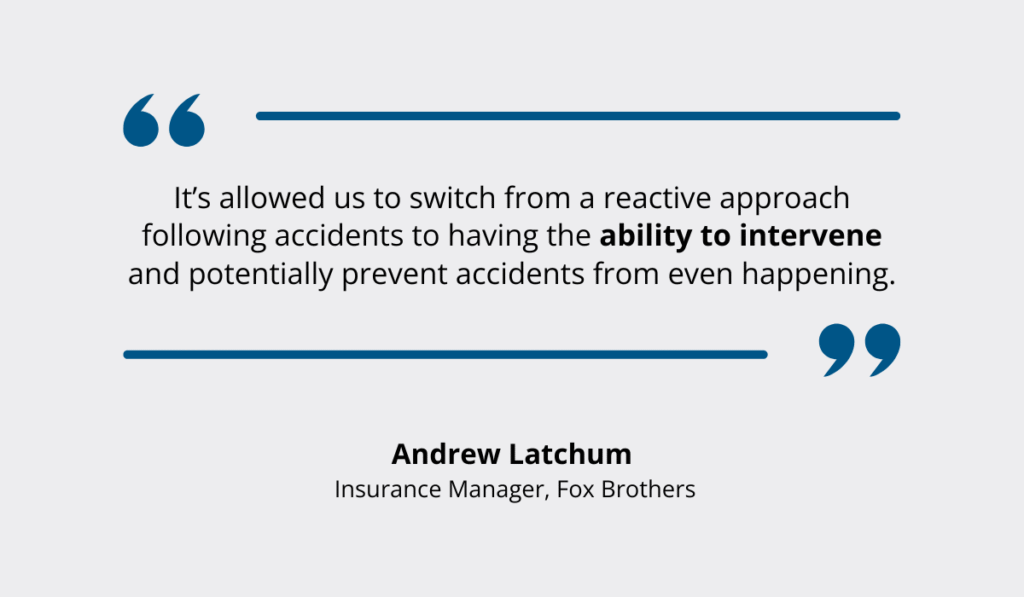
Illustration: GoCodes Asset Tracking / Quote: Diginomica
The results speak for themselves.
Fox Brothers achieved a 45% reduction in insurance claim volume at one depot and £200,000 saved from reduced claims costs across the business.
Minimizing risky behaviors also has a time-saving angle.
As one Reddit user noted, dashcams help drivers self-correct without constant conversations or management follow-ups.

Source: Reddit
In short, dashcams actively improve driver behavior, reduce operational risk, and save time and money, making them a viable strategy for any safety-focused fleet.
Minimize Driver Fatigue Through Better Scheduling
Fatigue remains one of the most persistent risks in fleet operations, especially for construction transport and heavy vehicle drivers.
As illustrated below, the consequences of drivers falling asleep continue to fill the headlines.

Source: WGME
Fatigue contributes to 20% of accidents on major roads and costs the UK economy up to £240 million annually in workplace-related incidents alone.
In construction specifically, incidents like this don’t just result in vehicle damage.
They cause costly delays in project schedules, with critical materials like, in the above example, pre-built walls never arriving, forcing crews to reschedule work and leaving job sites idle.
But how does this happen in the first place? Often, it’s not just the long hours behind the wheel.
Poorly planned shift schedules, back-to-back assignments, minimal rest breaks, tight delivery windows, and unforeseen overtime all play a role in pushing drivers beyond safe fatigue limits.
One reliable way of reducing this risk is through better scheduling.
Starts with a set of practical, fleet-specific scheduling practices:
| Scheduling Practice | Impact |
| Avoid back-to-back long shifts | Prevents cumulative fatigue from multiple long workdays |
| Ensure a minimum of 10–12 hours of rest between shifts | Allows for quality rest and recovery |
| Factor in regular rest breaks (every 2–3 hrs) | Reduces drowsiness and boosts alertness |
| Rotate routes and delivery times | Avoids repetitive fatigue from routine-heavy assignments |
| Use telematics and scheduling tools | Helps balance workloads and spot fatigue risk early |
Additionally, many fleets are adopting driver assistance systems capable of detecting signs of drowsiness, distraction, and even medical events.
Paired with smart scheduling, this adds an extra layer of protection.
Ultimately, a proactive scheduling strategy combined with reliable technology helps keep both your drivers and your operations safer, more efficient, and incident-free.
Reward Safe Driving Behavior
Recognizing and rewarding safe driving behavior pays off, both literally and operationally.
Driver rewards programs have become a staple in many fleet safety strategies, and for good reason.
According to Motive, 64% of fleet managers report actively implementing driver recognition programs within their operations.
The Teletrac Navman findings provide further context, with 71.7% of fleet managers saying these programs have directly improved driver performance.
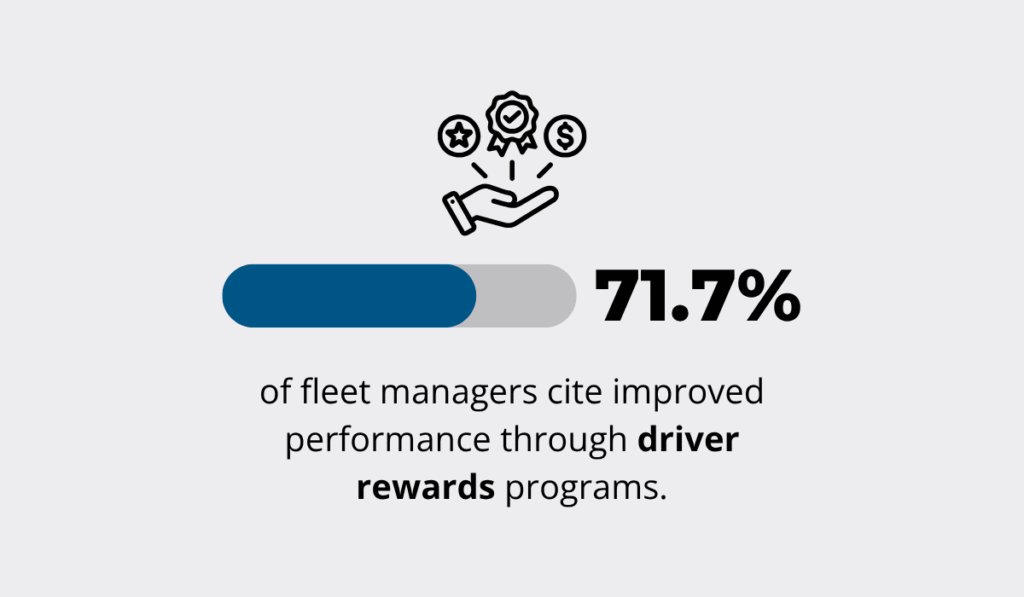
Illustration: GoCodes Asset Tracking / Data: Teletrac Navman
So, what do these programs look like in practice?
Successful fleets often use a thoughtful mix of monetary and non-monetary rewards.
While bonuses, gift cards, and public praise remain effective, many companies enhance engagement by integrating gamification elements like leaderboards, badges, and monthly competitions.
As Bill Cooper, former VP of Customer Acquisition at WEX, explains, gamification accelerates driver buy-in because it taps into drivers’ natural competitiveness in a compelling, positive way.
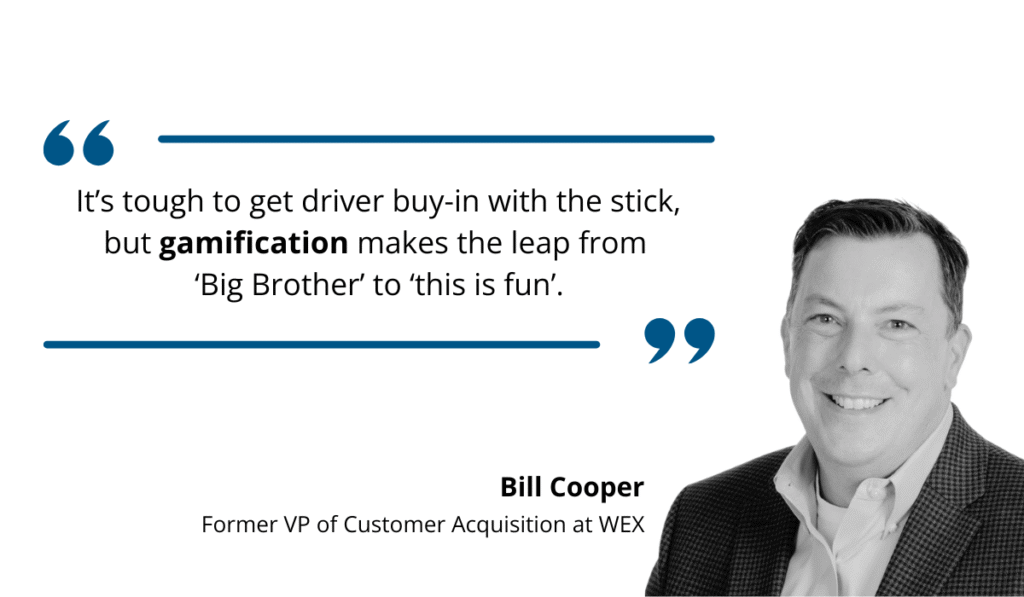
Illustration: GoCodes Asset Tracking / Quote: Zendrive
That said, the key is balance.
A well-rounded reward system should maintain high morale and motivation while reinforcing positive behaviors through incentives, constructive feedback, and regular learning opportunities.
Poorly designed programs can backfire, encouraging competition at the expense of teamwork or safety priorities.
In short, any tool or program that helps recognize and encourage safe, efficient driving will make a meaningful, measurable difference in your fleet’s overall performance and safety culture.
Conclusion
If you want to tackle risky driving behavior effectively, you need to forget about one-off fixes.
Every practice we listed here contributes to creating a connected, accountable safety culture across your fleet.
From setting clear policies and performance metrics to leveraging real-time monitoring and rewarding positive behavior, every step you take translates to fewer incidents, lower insurance claims, and more reliable operations.
To sum up, the sooner you start applying these strategies, the sooner you’ll see the financial, operational, and reputational benefits across your business.
So, what are you waiting for?


